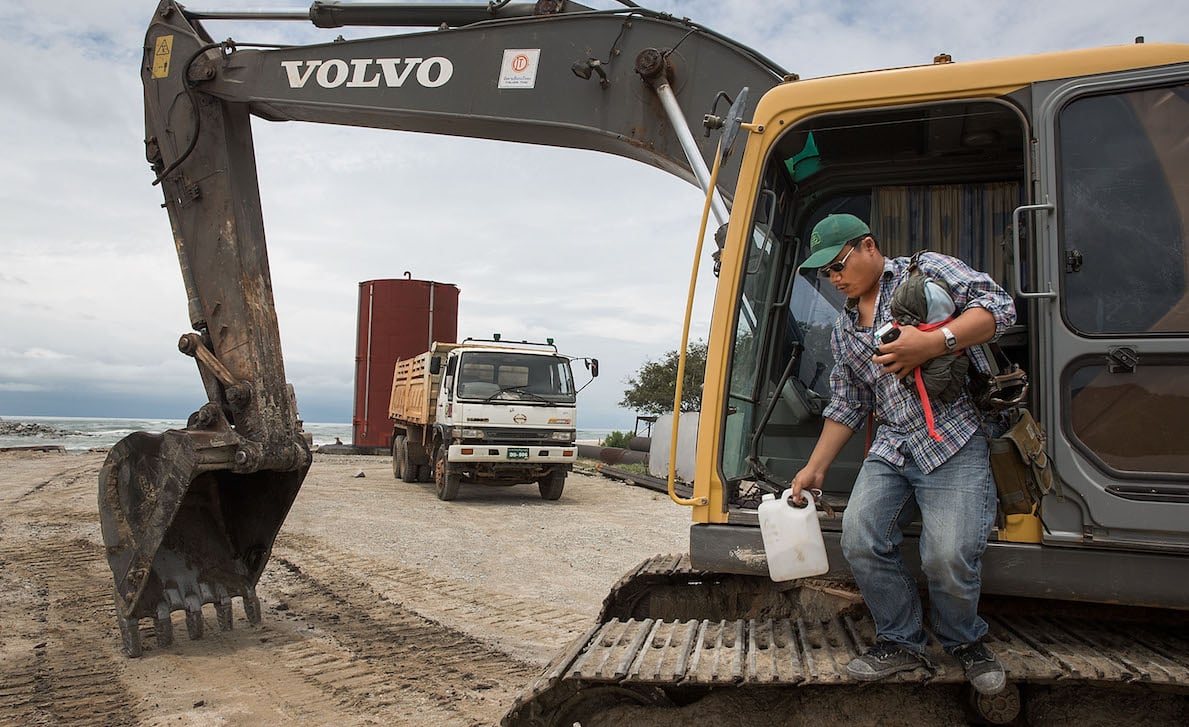China’s best preserved forests in south-west China’s Yunnan province are under threat from illegal mining, according to a new report.
The study by Greenpeace shows mining and industry activity in the Three Parallel Rivers of Yunnan protected area is destroying pristine forests in one of the world’s most biodiverse regions. The researchers combined remote sensing data and field visits to show mining is leading to deforestation, water pollution and habitat loss in the mountains of north-west Yunnan on the eastern foothills of the Himalayas.
The area is a UNESCO world heritage site –where the upper reaches of the Salween, Mekong and Yangtze rivers flow side by side through deep gorges and glaciated peaks. The Greenpeace report highlights the loss of what they call “intact forest landscapes” (IFL) —unbroken expanses of natural ecosystems, large enough that all native biodiversity, including viable populations of wide-ranging species, could be maintained.
The region of northwest part of Yunnan – including Diqing, Nujiang and Baoshan – “lost 270,000 hectares of its pristine forest during the period 2000-2013, accounting for over half of the degraded forest areas in China over the same time frame,” says the Greenpeace report. “Mining activity is a major cause of the degradation,” it states.
These rare pristine forests make up 3% of China’s overall forest cover and are concentrated in the high alpine areas of Sichuan, Tibet and Yunnan. This region is home to many endangered animals and rare plants and is reputed to be the “gene bank of the world.” But it is a region increasingly under threat from climate change and human activity.
See also: Tibetan plateau faces massive “ecosystem shift”
Greenpeace has identified 24 mining sites within “intact forest landscapes” areas across China, of which three are located in the Three Parallel Rivers national park. “It also seems likely that some of the mines never applied for the obligatory environmental impact assessment before they began operations, presumably because they knew it would be refused,” the report states.
The Greenpeace report urges the Yunnan government immediately halt all mining operations in the internationally important IFL. It also urges provincial governments to ensure these forests are protected within their “ecological redlines”, a new system designed to protect the country’s ecologically rich areas from further decline.
The boundaries of “Sanjiangyuan” (Three River source area) – another national protected area in neighbouring Qinghai province – was adjusted to accommodate mineral exploration and mining and other areas on the Tibetan plateau shrunk to make way for open cast coal mining, polluting water and livestock. These territorial boundaries directly affect the controversial campaign of resettling nomads.
Mining is poised to become ever more important in Tibet and south-west China, facilitated by the construction of large hydropower dams, which provide large quantities of cheap power to local industry.
See also: Mining in Tibet threatens Asia’s rivers
Signs from the top leadership signal conflicting priorities within the country. President Xi Jinping recently ruled out new projects on the upper reaches of the Yangtze River as part of a new campaign to rejuvenate china’s longest waterway.
This highlights the ongoing contradictions between central government efforts to protect a region key to the future water security of the country and the rest of Asia, and the local level pursuit of economic development at all costs.
Photo: Fox in front of the Qinghai Coking Coal Group opencast coal mine, with the Chi-lien mountains in the background. [image by Greenpeace]







One reply on “China’s Three Parallel Rivers national park threatened by illegal mining”
Comments are closed.